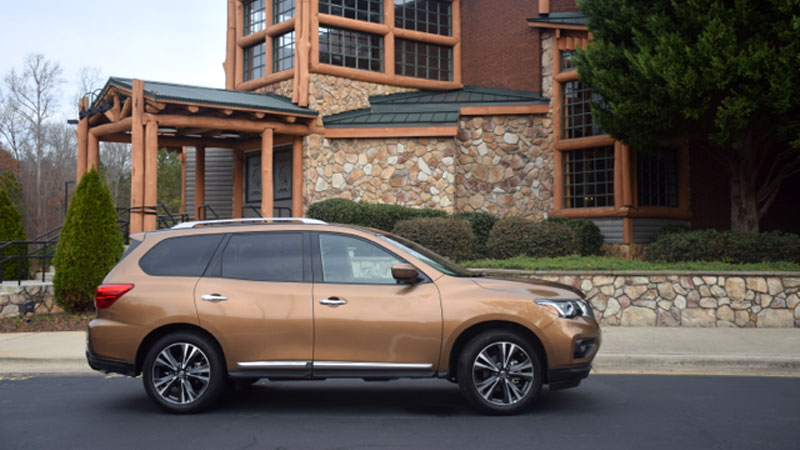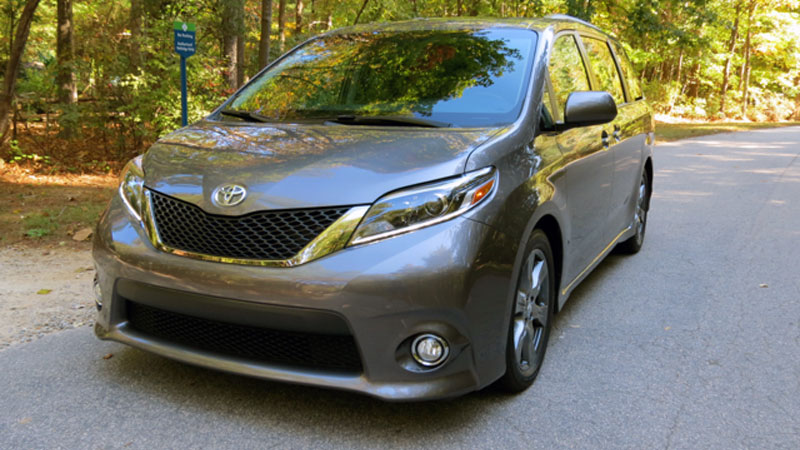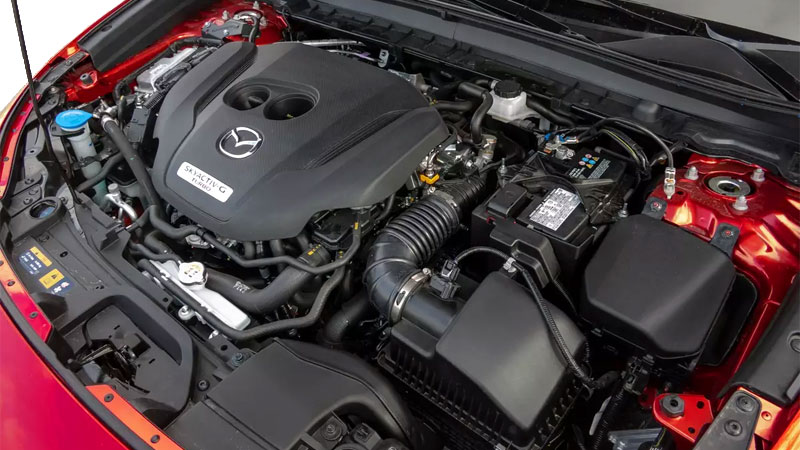The 2017 Pathfinder: Nissan’s Family-Friendly SUV
Nissan’s roomy midsize Pathfinder receives numerous improvements. The 2017 Nissan Pathfinder has been refreshed, the first significant change since the current-generation model debuted in 2013. More forceful styling, enhanced safety and technology features, and an updated engine are among the changes evident in this three-row, midsize crossover SUV offering room … Read more



